Across the RCS project I believe my writing and critical thinking has improved on many different fronts. I think most evidently has been my ability to communicate my ideas, having been out of practise when it comes to writing; I have found it easier, as I completed more and more tasks, to put my thoughts into writing and utilise different sentence structures and lengths to make more interesting reading and attach more weight to certain points as I make them.
One of the main things that this project has taught me is to look more at a movement, rather than one or two pieces, when it comes to finding inspiration for my own practise. Or even just to use a wider range of images. By utilising this approach not only will it make my inspiration more well rounded and better informed, but also will stop me from taking too much inspiration from just one artist and inadvertently following their style, or approach to their work, too closely. Looking at a movement as a whole – or wider range of images – would allow me to be inspired more by a certain aesthetic or concept. This will prove invaluable when it comes to finding my own voice as a contemporary practitioner.
It has also improved my critical analysis of art and taught me to pick them apart more. Not only have we been picking apart the style of a movement, but the contextual perspectives, audience and opinions of the time. As time goes on and I start to build up a bigger and bigger ‘mental mind map’ of different theories, movements and ideas it will become easier to link together ideas and themes. This will allow me to gain inspiration from a wider range of different sources. Not only that but it will further help me to self-analyse my own work from an increasingly knowledgeable standpoint.
The RCS project has pushed me to include more quotes and existing theories from other practitioners and writers. As well as aiding the ‘mental mind map’ I was talking about before, this process deepens my own thinking and cements any idea that I may have by providing a second, supporting opinion, or maybe having an idea already written down that I couldn’t put into words. It also gives me an opportunity to gain a new perspective, or give me a new idea that I may not have thought of otherwise.
A key reference that I have taken away from this project would have to be Wes Wilson whom I’ve taken great inspiration from. It was interesting to learn that he pioneered the bubble, custom shaped writing that became a staple of the psychedelia era. I find myself trying to include more and more text and I a definitely going to try and incorporate his style because, in my opinion, it fits with the imagery far more subtly than the straight edge text of a font and can be used to add texture and colour to the piece at the same time.
To summarise I think that the RCS project has highlighted how the use of quotes can increase the legibility of my writing and how well I can get my points across. It has also been useful in developing my critical thinking about art and has broadened my knowledge and potential for inspiration when it comes to my own work.

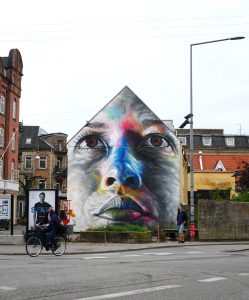 I love this piece by David Walker, whilst it has no specified meaning I find it to be a celebration of the human face, adding colour and flair to an infinitely recognised image. ‘The truth claim of a resemblance to the person portrayed simultaneously coexists with a claim to the repression of interiority or spirituality.’ (Soussloff, 2006) The scale of his work is also very impressive, I am a fan of working on a large scale, and these images decorate an area, rather than being stuck on one wall in one gallery. It opens his art up to a much wider audience. He makes his pieces in spray paint, which is a fun medium to use, that I want to use more in my own work, and in doing so he is deconstructing the idea that spray paint is a “vandal’s medium”.
I love this piece by David Walker, whilst it has no specified meaning I find it to be a celebration of the human face, adding colour and flair to an infinitely recognised image. ‘The truth claim of a resemblance to the person portrayed simultaneously coexists with a claim to the repression of interiority or spirituality.’ (Soussloff, 2006) The scale of his work is also very impressive, I am a fan of working on a large scale, and these images decorate an area, rather than being stuck on one wall in one gallery. It opens his art up to a much wider audience. He makes his pieces in spray paint, which is a fun medium to use, that I want to use more in my own work, and in doing so he is deconstructing the idea that spray paint is a “vandal’s medium”.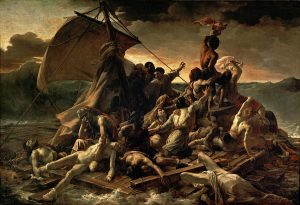

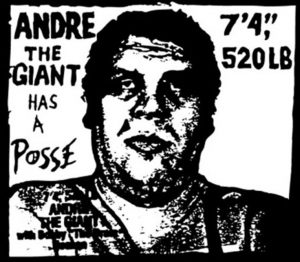
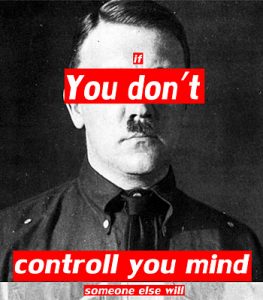
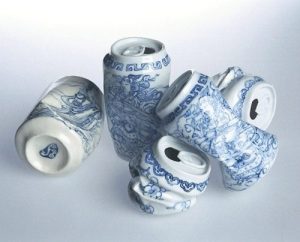
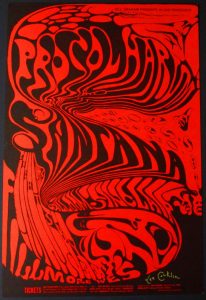
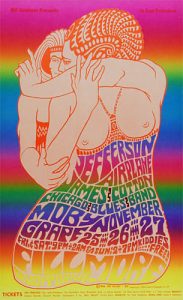
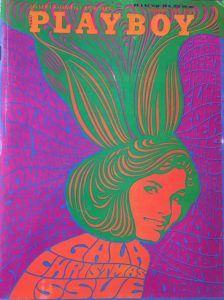

 When I then look at Carlo Baroncini, who is a photographer who travels the world taking photos of regattas and other sailing events, there is a much different effect. Being photographs, his work is far more detailed and the colours a lot cooler. It is, of course, a much more realistic depiction of sailing and what is involved. However there is still an element of exaggeration in his work because he will want the most impressive photos, which come out mainly in high level racing, but it is a more accurate depiction of what sailing is like.
When I then look at Carlo Baroncini, who is a photographer who travels the world taking photos of regattas and other sailing events, there is a much different effect. Being photographs, his work is far more detailed and the colours a lot cooler. It is, of course, a much more realistic depiction of sailing and what is involved. However there is still an element of exaggeration in his work because he will want the most impressive photos, which come out mainly in high level racing, but it is a more accurate depiction of what sailing is like.